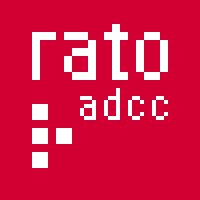Having spent a bit of time here, I couldn’t help but notice that Pourtuguese language has similar sounds to Russian (or other Slavic languages). Based on my experience, I would say when hearing Portuguese from a distance, it does sound like Russian or even Polish to me. I read that it works both ways. Some naitive Pourtuguese speakers agree that their mother tongue sounds like Russian as well as Slavic agree that their language sounds like Portuguse. So I did some research and I found an answer.
It’s not as complicated as it seems. Russian and Pourtuguese are both stress-timed languages that have similar rhythms. The length of time between stressed syllables remains fairly consistent. In order to fit into that relatively fixed interval between stressed syllables, unstressed syllables tend to become shorter. This results in a lot of vowel reduction. European Portuguese contains an extreme amount of vowel reduction and there is similarity to a lot of vowel reduction in Russian.
Russian and other Slavic languages also have a lot of consonant clusters. European Portuguese has more consonant clusters than other Romance languages.
In addition to the vowel reduction and clusters, the stress-timing results in a similar rhythm, a similar cadence.
One feature of Russian is that sibilant sounds are quite prominent (Sibilants- consonants that have a hissing or hushing sound). Portuguese contains frequent sibilants and specifically has an abundance of palato-alveolar sibilants (voiceless, voiced). Three of Russian sibilants have similar sounds to the Portuguese ones. There are some silibants that are voiceless at the end of the word in both languages.
I also realised that there is also similarity between Polish and Portuguese language so I wanted to know why. It is because in Polish we have nasal vowels ‘?’ and ‘?’ that sound similar to Portuguese to ‘ão’.
After my research, I found out that even though Portuguese is not closely related to Russian or any other Slavic language, they just belong to language families within the wider indo-european language family.



